Por GEM REPORT
Por Rachel Brody, Directora global, Alianzas programáticas y educación inclusiva, Enseñar para todos
La educación inclusiva es el núcleo de nuestra visión colectiva en Teach For All, un mundo donde los educadores, los encargados de formular políticas, los padres y los estudiantes trabajan juntos para garantizar que todos los niños de sus comunidades tengan la base que necesitan para dar forma a un futuro mejor para ellos. y todos nosotros El Informe GEM 2020 sobre Inclusión y Educaciónse basa en la premisa de que «los sistemas educativos son tan inclusivos como sus creadores los hacen». En nuestra red global de organizaciones en 53 países, hemos visto el enorme esfuerzo requerido para reinventar los sistemas de opresión de la educación y el no aprendizaje, escuchar a las comunidades y desarrollar mentalidades, habilidades y conocimientos en evolución para poder crear entornos inclusivos que realmente abre oportunidades para que podamos aprender con y de cada estudiante.
En los últimos años, una de las áreas de enfoque clave para nuestro aprendizaje colectivo ha sido el tema de la educación que incluye a todos los alumnos. En asociación con el Programa de diferencias de aprendizaje de la Fundación Oak, lanzamos una becareunir maestros y entrenadores de maestros para explorar cómo crear entornos de aprendizaje más inclusivos. Después de varias iteraciones de esta beca, en 2019 realizamos una exploración global (una encuesta y entrevistas individuales) en la que nos relacionamos con formadores y desarrolladores de docentes, docentes y estudiantes de toda nuestra red global para obtener más información sobre el progreso que están realizando. hacia la creación de entornos de aprendizaje inclusivos para estudiantes de comunidades marginadas que también tienen discapacidades intelectuales y / o físicas. Al igual que el Informe GEM, aprendimos que si bien hay muchas barreras y obstáculos que abordar, también estamos viendo la implementación de innovaciones y prácticas que apoyan la inclusión.
Dos componentes que encontramos que son fuertes contribuyentes a las agendas de educación inclusiva de nuestros socios de la red son las alianzas profundas con ministerios de educación y programas como el Erasmus + de la Unión Europea que están colocando la educación inclusiva en el centro de sus propias prioridades. En Estonia, por ejemplo, el socio de la red Teach For All, Noored Kooli, organizó una conferencia nacional sobre Diseño Universal para el Aprendizaje en asociación con una universidad local, el Ministerio de Educación de Estonia y UDL-IRN . Esto condujo a un enfoque en todo el país para volver a imaginar cómo se estructura la educación para que los estudiantes puedan participar, reflexionar y desarrollar la comprensión de manera que apoyen más su aprendizaje y les den más autonomía y opciones en su aprendizaje.
De la educación inclusiva a la transferencia a escala real (FIERST), un proyecto cofinanciado por Erasmus +, está trabajando con organizaciones, incluidos los socios de Teach For All en Bulgaria, Estonia y Rumania, para ser líderes en las discusiones sobre educación inclusiva en sus países, y Su trabajo y aprendizaje se ha compartido en toda Europa. En Rumania, el proyecto está apoyando la creación de comunidades de práctica en las escuelas locales que reúnen a maestros, miembros de la comunidad y líderes escolares para no solo aprender, sino también experimentar, enfoques pedagógicos, como la pedagogía culturalmente sostenible y las prácticas metacognitivas. puede ayudarlos a construir entornos más inclusivos.
Una de las prácticas que nuestra red está encontrando críticamente importante para la educación inclusiva es la búsqueda de un conjunto más amplio de resultados de los estudiantes, incluyendo competencia, agencia, disposiciones y conciencia . Continuamos aprendiendo que un enfoque profundo en la conciencia, entendiendo el contexto social, político y cultural en el que los estudiantes aprenden y crecen, incluidas las identidades culturales y las injusticias sistémicas, y la agencia, asumiendo la responsabilidad del aprendizaje y creyendo en la capacidad de determinar un camino de vida e impactar a otros: son críticos y apoyan a todo el alumno. Estas dos áreas de enfoque son importantes en la educación inclusiva, ya que se centran en quiénes son los alumnos y cómo aprenden.
Algunos métodos específicos que los educadores de redes están utilizando para apoyar la conciencia y la agencia de los estudiantes y crear entornos de aprendizaje donde podemos aprender con y de cada alumno son el Diseño Universal para el Aprendizaje, la Pedagogía Culturalmente Sostenible y las Prácticas Metacognitivas. Para profundizar nuestra comprensión de estos tres métodos y su impacto en los maestros y estudiantes, Teach For All ha desarrollado nuestra Comunidad para enfocarse profundamente en estos tres métodos, específicamente al apoyar a los estudiantes con discapacidades y aprender las diferencias de las comunidades marginadas.
La beca apoya a los maestros y entrenadores de maestros para que primero participen en un curso interactivo en línea para explorar cada uno de estos métodos. Luego, cada miembro utiliza un marco de investigación de acción para crear un proyecto (como este ) con su escuela o comunidad local para implementar prácticas inclusivas en su contexto y luego compartir su aprendizaje a nivel local y global a través de la cohorte de la Comunidad y una red más amplia de Teach For All.
Dada la pandemia, nuestra próxima Fellowship será completamente virtual y estará abierta a educadores dentro y fuera de la red Teach For All. La beca se lanza en agosto, e invitamos a todos los maestros y entrenadores de maestros a unirse, para que más profesionales puedan aprender juntos sobre cómo garantizar una educación verdaderamente inclusiva para todos los alumnos. Si está interesado en unirse, envíe un correo electrónico a rachel.brody@teachforall.org
Fuente: https://gemreportunesco.wordpress.com/
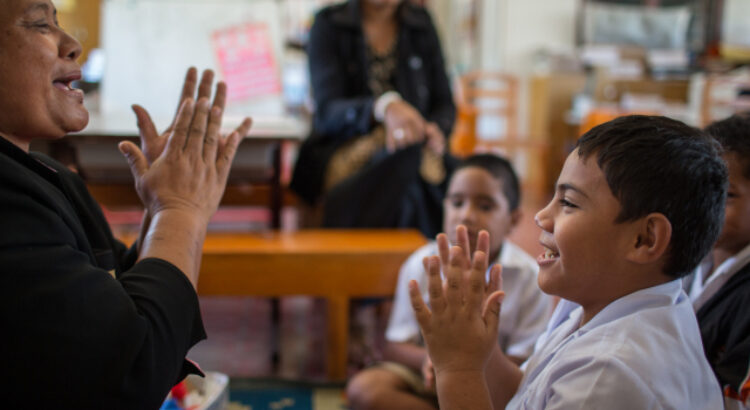
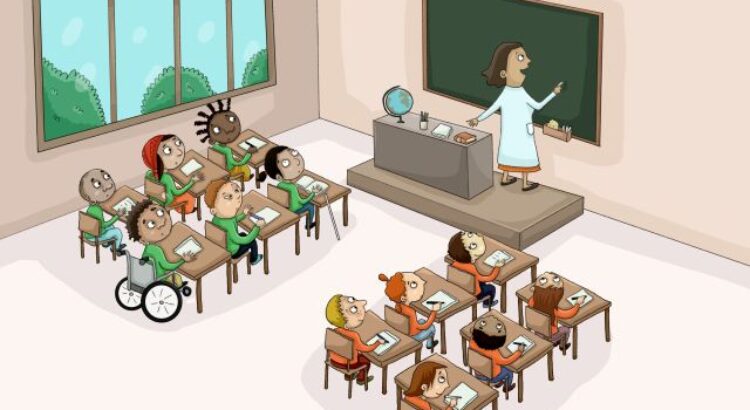

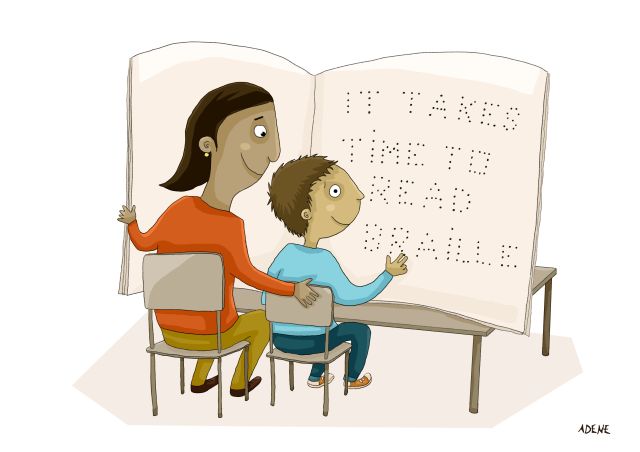


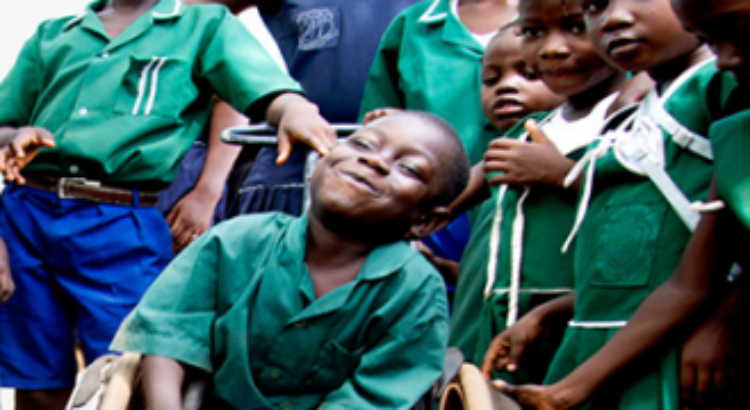

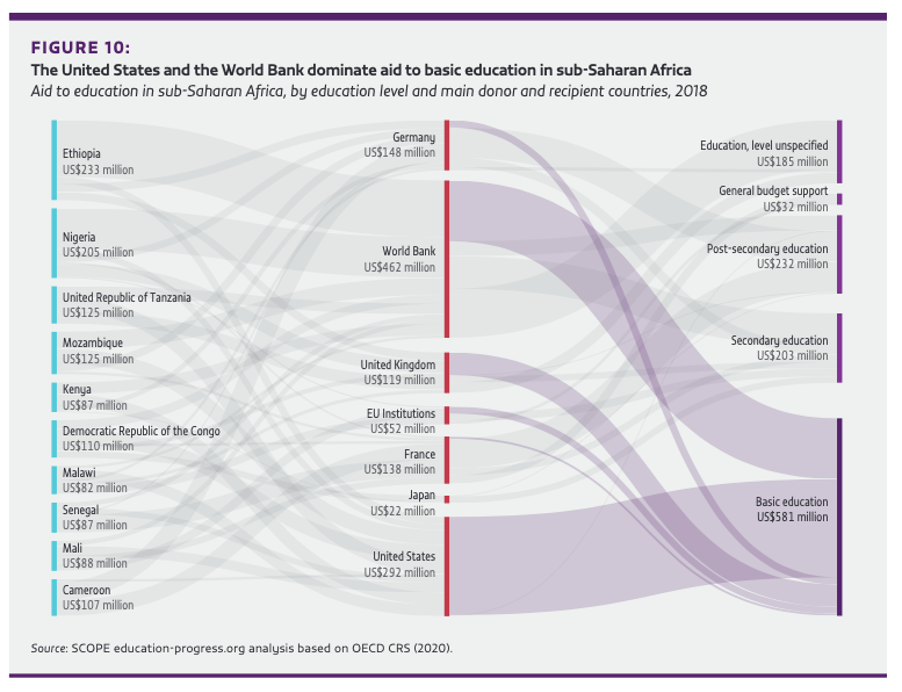
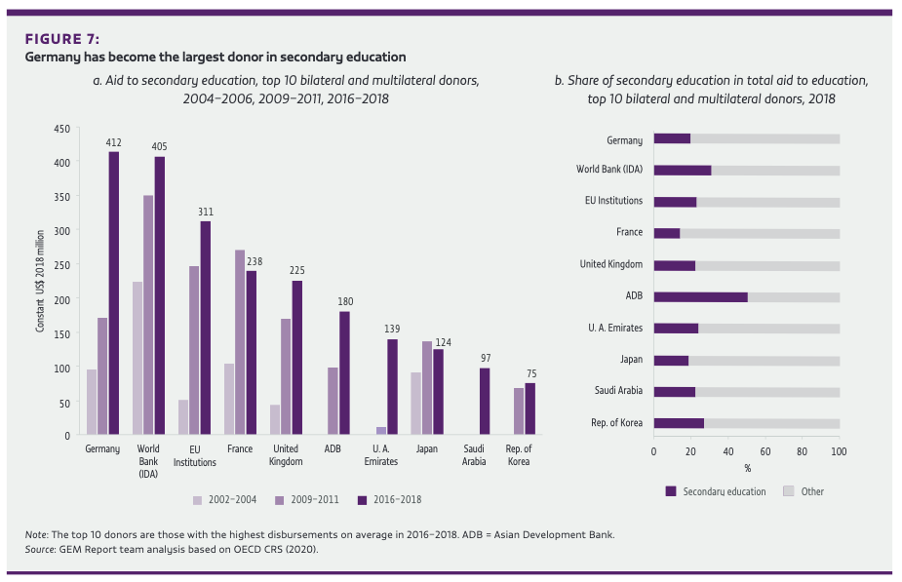



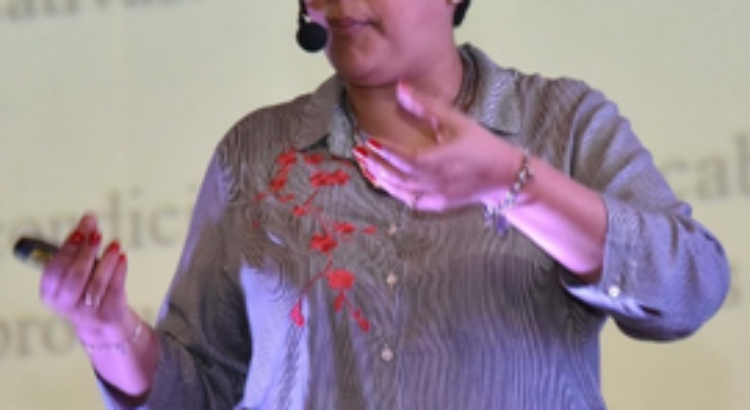






 Users Today : 55
Users Today : 55 Total Users : 35403248
Total Users : 35403248 Views Today : 77
Views Today : 77 Total views : 3332516
Total views : 3332516